Optimal Timing for Waterproofing Projects
Proper timing for waterproofing projects is essential to ensure durability and effectiveness. The best time to apply waterproofing depends on weather conditions, temperature, and soil moisture levels. Typically, dry and mild weather conditions facilitate optimal application and curing of waterproofing materials, reducing the risk of issues like adhesion failure or cracking.
Spring and fall usually offer the most favorable weather conditions for waterproofing, with moderate temperatures and lower humidity levels.
Heavy rain, freezing temperatures, and high humidity can compromise waterproofing effectiveness and should be avoided during application.
Ideal temperatures for waterproofing are generally between 50°F and 85°F, ensuring proper curing and adhesion of materials.
Dry soil conditions are preferable before applying waterproofing to prevent issues related to moisture entrapment and poor adhesion.
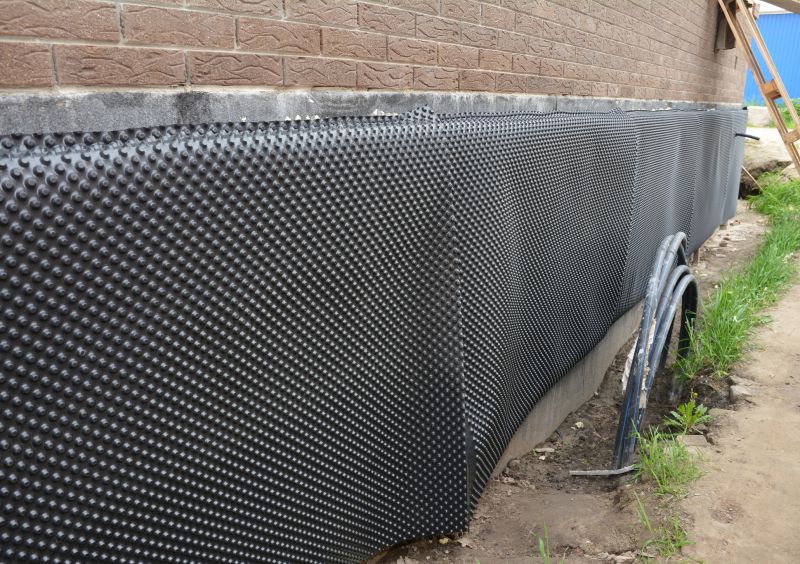
Spring offers moderate temperatures ideal for waterproofing projects, ensuring materials cure properly.
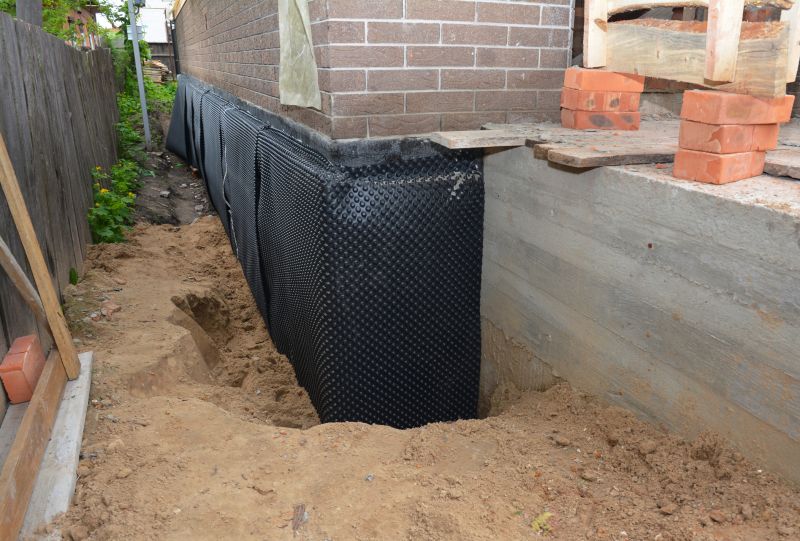
Cold temperatures and frost can hinder waterproofing adhesion and curing, making winter unsuitable for such projects.
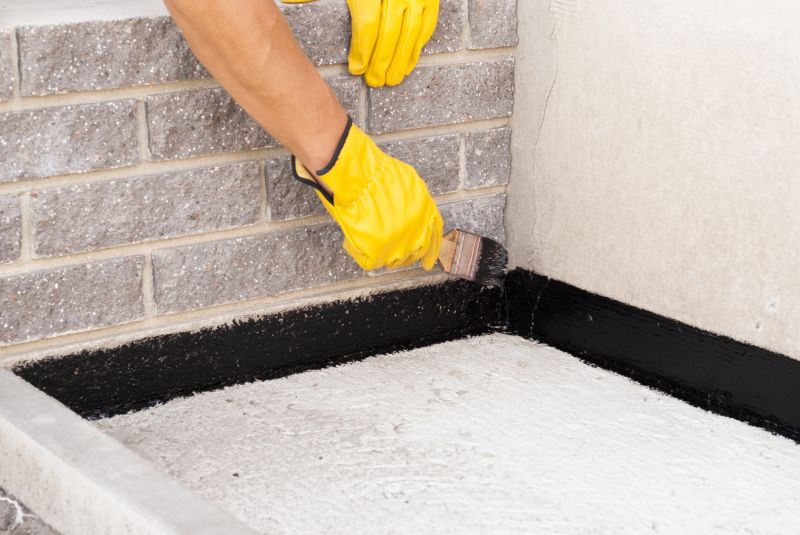
High temperatures and humidity in summer can affect application quality; early morning or late evening work is recommended.
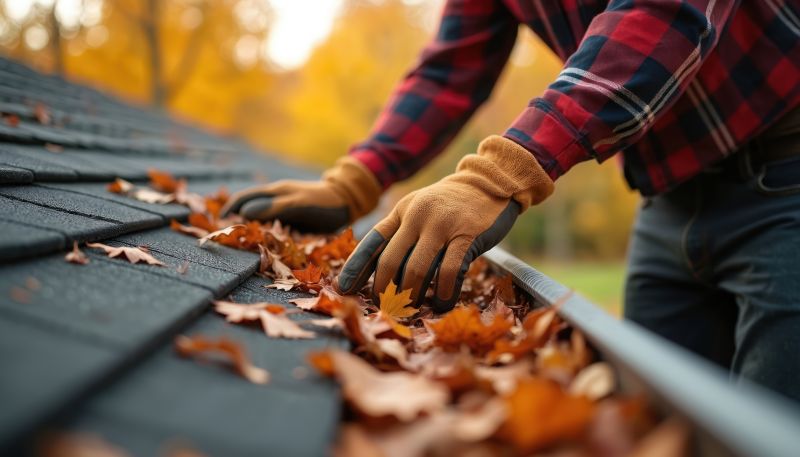
Fall's cooler and drier conditions make it an excellent time for waterproofing projects.
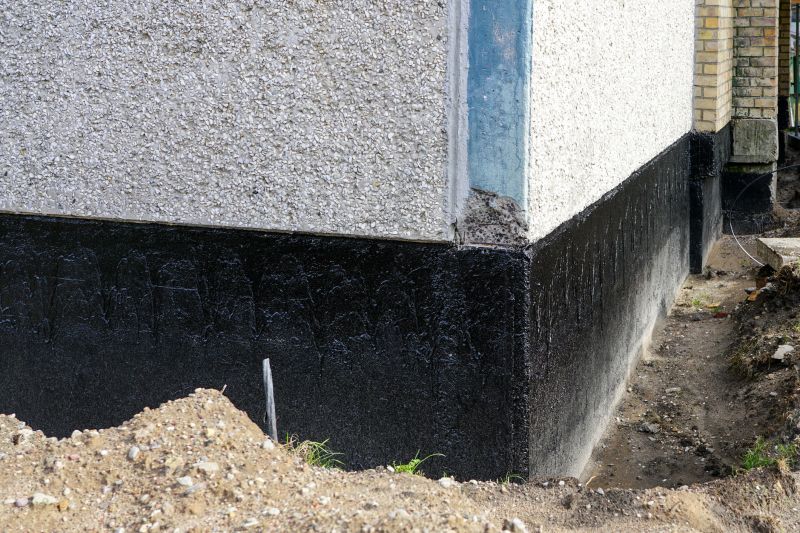
Ensuring soil is dry before waterproofing foundations prevents moisture entrapment and enhances longevity.
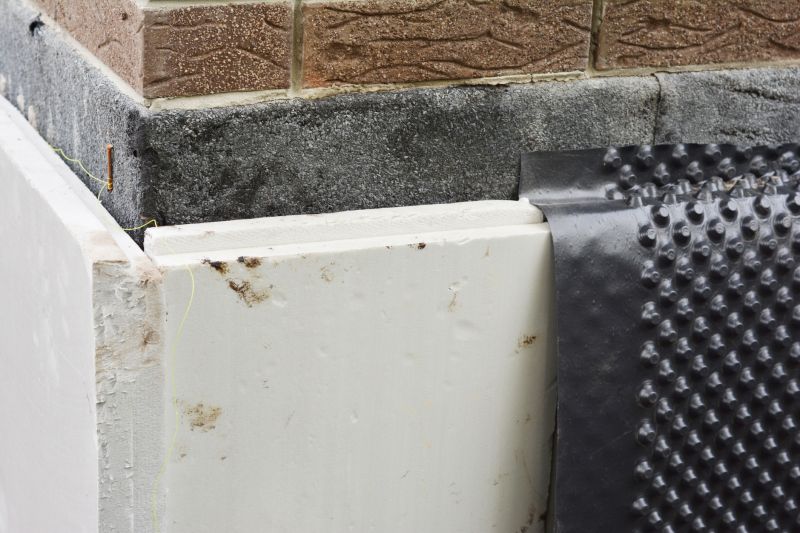
Consistent, mild weather supports optimal curing of waterproofing layers.
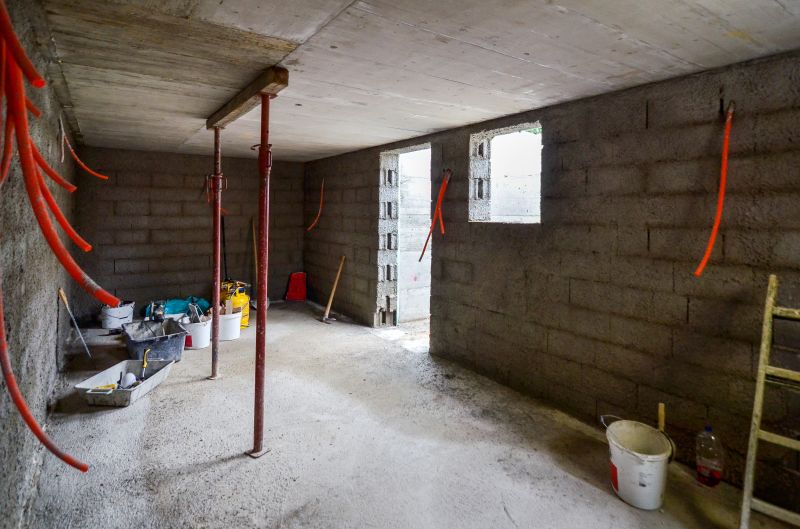
Ways to make Waterproofings work in tight or awkward layouts.

Popular materials for Waterproofings and why they hold up over time.
| Season | Ideal Conditions |
|---|---|
| Spring | Moderate temperatures, low humidity, dry soil |
| Summer | Warm temperatures, avoid peak heat hours |
| Fall | Cooler, dry weather, stable temperatures |
| Winter | Not recommended due to freezing temperatures |
Waterproofing is a critical component in protecting structures from water intrusion, which can cause significant damage over time. Proper waterproofing involves selecting suitable materials and applying them under appropriate weather conditions to ensure maximum adhesion and durability. Statistics indicate that effective waterproofing can extend the lifespan of foundations and basements by decades, reducing repair costs and structural issues.
Advanced waterproofing techniques include membrane applications, sealants, and coatings designed to withstand harsh conditions. Proper timing ensures these solutions perform as intended, providing long-lasting protection against moisture, leaks, and water ingress. Regular inspections and timely reapplications contribute to maintaining the integrity of waterproofed surfaces.

Durable membranes are often applied during optimal weather conditions to ensure proper adhesion and longevity.
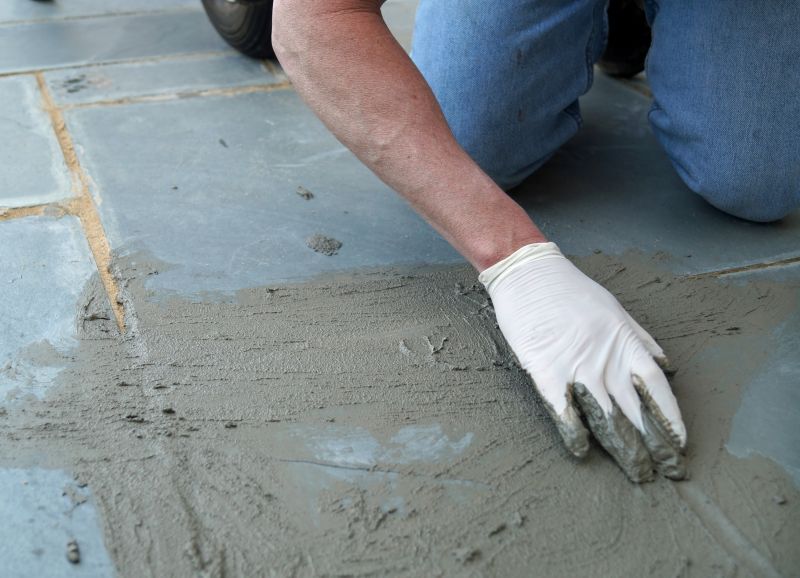
Sealants work best in dry, mild weather to prevent water penetration effectively.
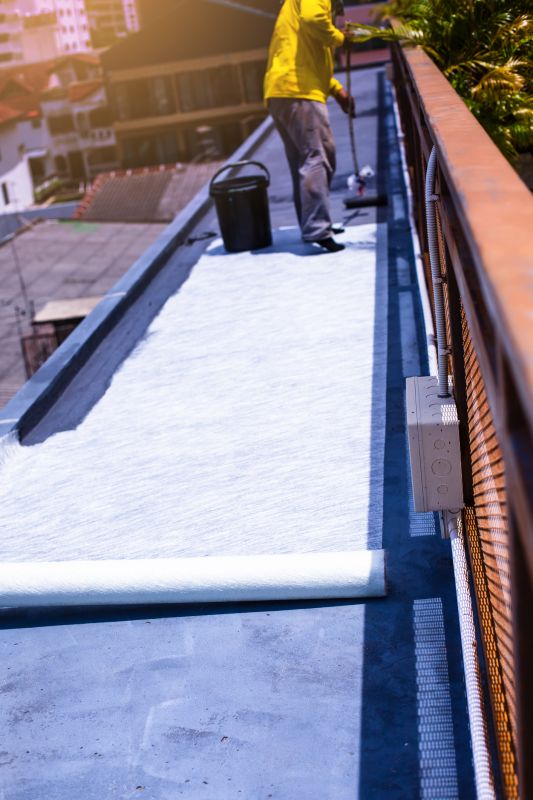
Protective coatings require proper curing conditions, typically in moderate temperatures.
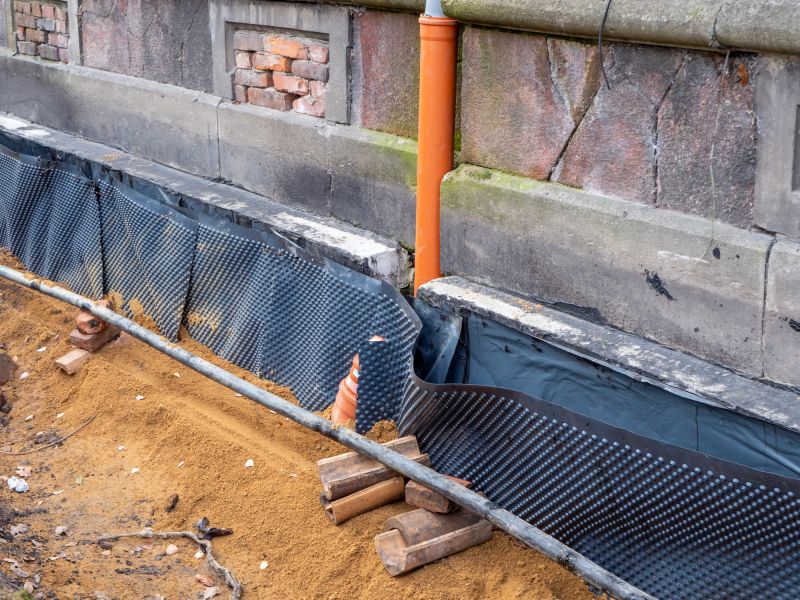
Timing foundation waterproofing during dry seasons helps prevent moisture entrapment.
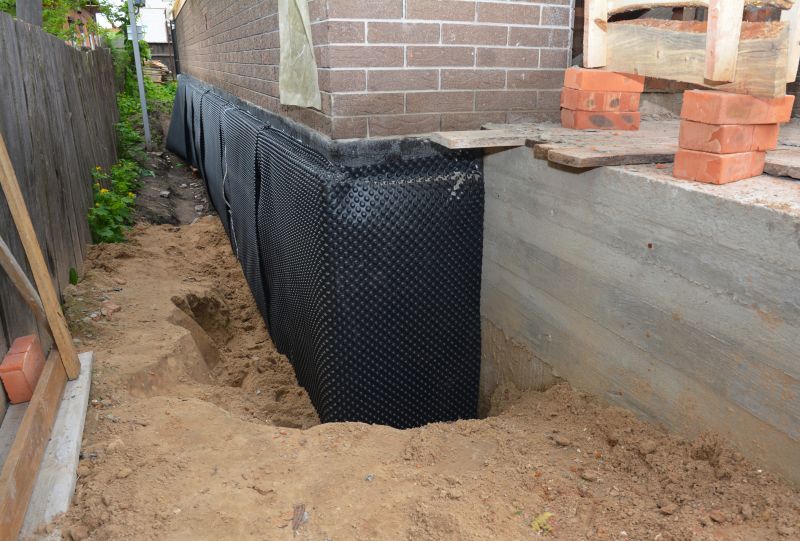
Applying during favorable weather minimizes risks of failure and enhances durability.
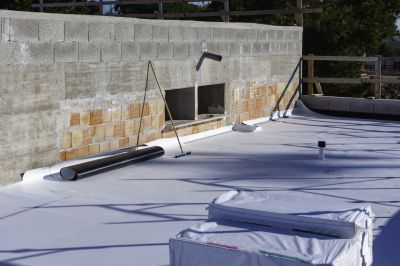
Optimal in dry seasons to prevent water ingress during heavy rains.
Bituminous membranes, liquid coatings, and rubberized sealants are frequently used for waterproofing projects.
Applying waterproofing at the right time increases effectiveness, reduces rework, and extends the lifespan of treatments.
Weather conditions directly influence the curing process and adhesion quality of waterproofing materials.
Regular inspections and reapplications are recommended to maintain waterproofing integrity over time.
Interested in waterproofing services? Filling out the contact form can help determine the best timing and solutions for specific project needs. Properly timed waterproofing enhances the longevity and performance of structures, making it a valuable investment for property protection.



